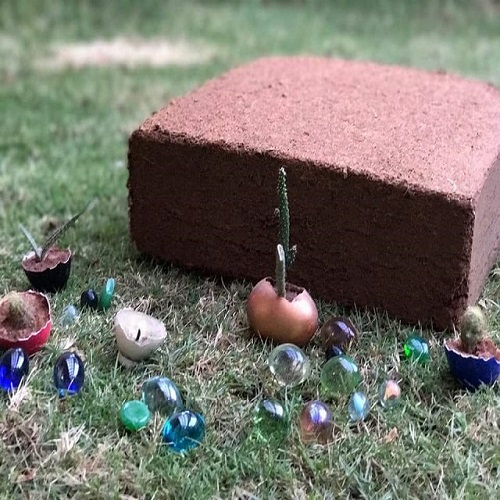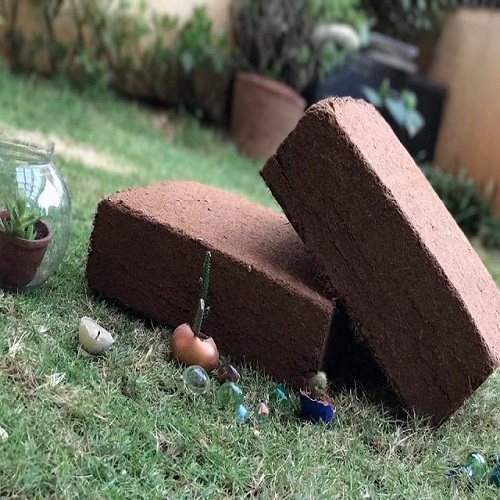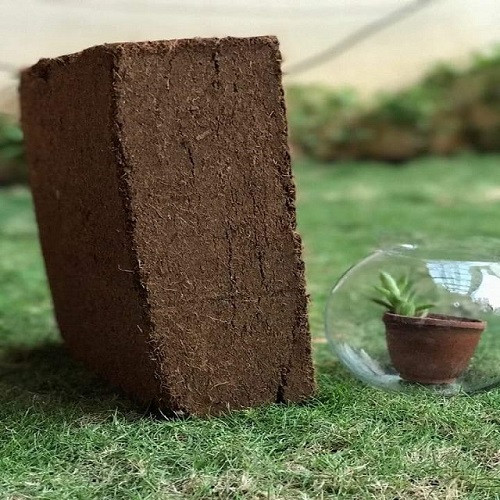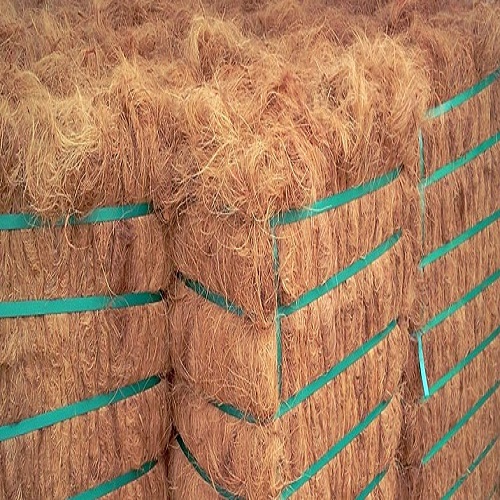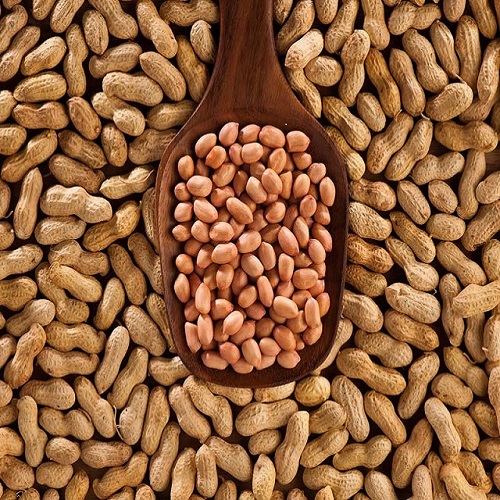Coco Peat
| Certification | Coir Board of India |
| Minimum Order Quantity | 1’40 ft Container |
| Production Capacity | 100 Metric Tons per Month |
| Place of Origin | India |
| Port | Tuticorin / Chennai / Cochin |
Coco Peat
| Certification | Coir Board of India |
| Minimum Order Quantity | 1’40 ft Container |
| Production Capacity | 100 Metric Tons per Month |
| Place of Origin | India |
| Port | Tuticorin / Chennai / Cochin |
Coco Peat
Coco Peat / Coir Pith is a natural fiber made out of coconut husks. The extraction of the coconut fiber from husks gives us this by-product called coco peat. It is used as an excellent growing medium in agricultural/horticultural applications due to its high water absorbent property.
SMV Exports is a Manufacturers, Suppliers and Exporters of Coco Peat in India. We are supplying the best quality of coco peat at very competitive prices for our clients.
| Weight | 5 kg ± 200 g |
| Size | 30 x 30 x 12 cm ± 2 cm |
| Compression Ratio | 5 : 1 |
| Moisture | < 15% |
| pH | 5.2 – 6.8 |
| EC | < 0.5 mS/cm |
| Volume | 16 liters per Kg |
1. Where does our coco peat come from?
Our coco peat is sourced from carefully selected de-fibering units close to our factory in the coconut triangle region of India.
2. What the differences are between washed, unwashed and buffered coco peat?
Unwashed coco peat is the natural raw form of the product, which has a higher EC level. Washed coco peat has been washed using clean, natural spring water to lower the EC level. Buffered coco peat (sometimes known as treated) has been treated to reduce the Potassium and Sodium Chloride levels, and to increase the Nitrogen level. It also has a lower EC level.
3. Supplies of Coco peat
Our factory is conveniently located close to several large de-fibering units, which have an ample scope for the supply of high quality coir.
4. Does coco peat have high salt levels?
Many people have an image of coconut palms on beaches, and coco peat being washed in seawater lagoons. But our factory is located inland, (average elevation of 293 meters (961 feet) there is far less salt in the ground than regions closer to the coast, meaning that the coco peat we use has a significantly lower level of Sodium Chloride. We only use fresh water to wash our coir. We also take care to treat the coco peat when it is being used to grow plants which require a very low EC level.
5. How quickly does coco peat break down?
Because coco peat is natural, it is completely biodegradable. However, it retains its structure and absorbency for several years after planting, which means that the same coir can and is frequently used for several years. After use, it can be added to the ground as a soil conditioner without any adverse implications for the environment.
6. Can coco peat be re-used?
As long as there is no contamination, coco peat can be re-used for several crop cycles, depending on the plant requirements and the grower’s needs and preferences. We recommend flushing the coir between cycles and may be replenished with additional quantity if required.
7. Does coco peat hold nutrients?
Coco peat has excellent absorbent properties, meaning that it can hold nutrients very well, and release them to the plant over a prolonged period. We supply coir in its natural form with no nutrients added (except the buffered products).
8. Uses of Coco peat
Coco peat is an excellent substrate for vegetable, fruit and cut flower crops. It has many applications as an effective soil conditioner and soil-free substrate. Coco peat is ideal for potting mixes, seeding nurseries, mushroom farming, hydroponic growing, golf course construction and landscaping.
